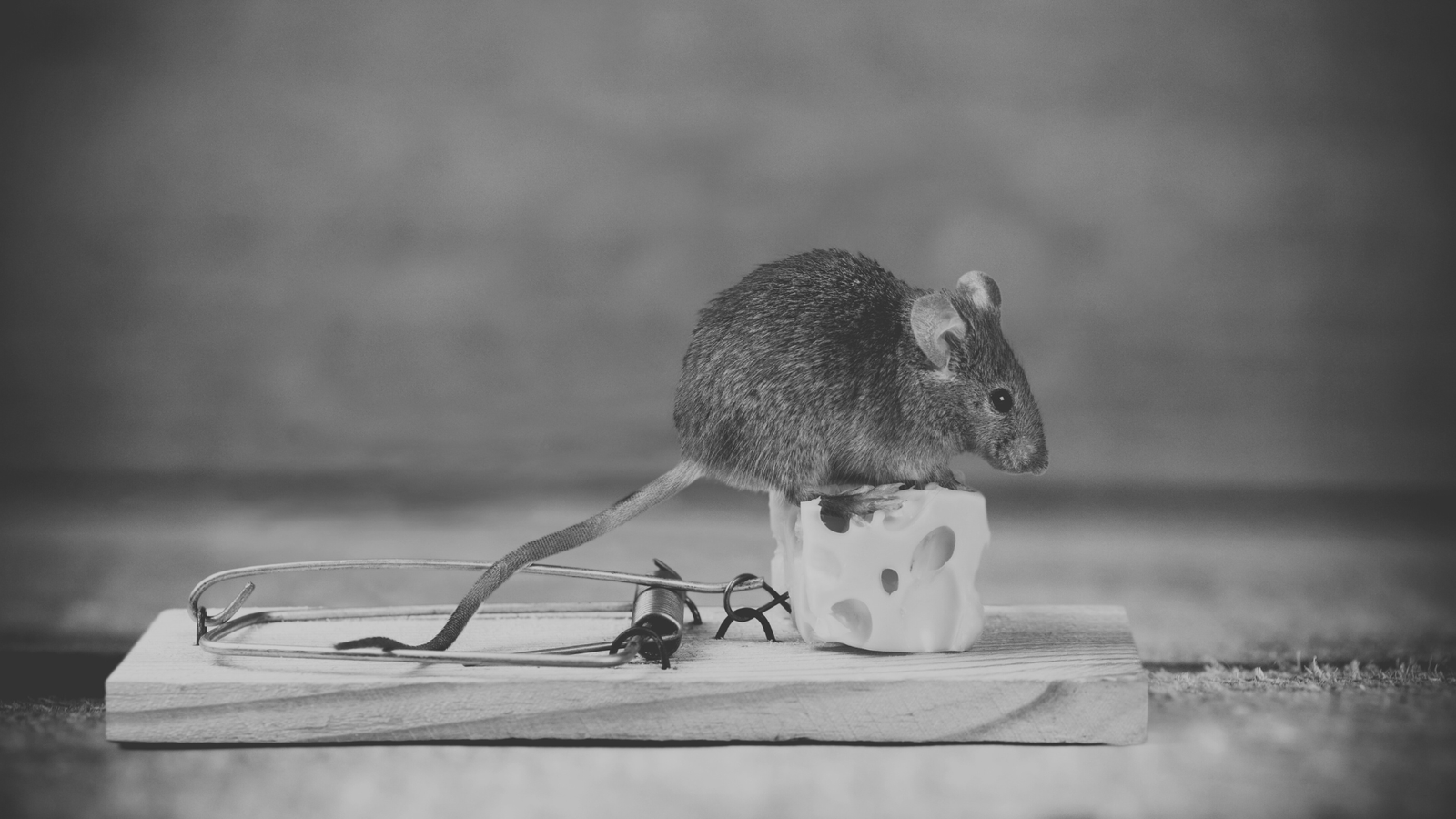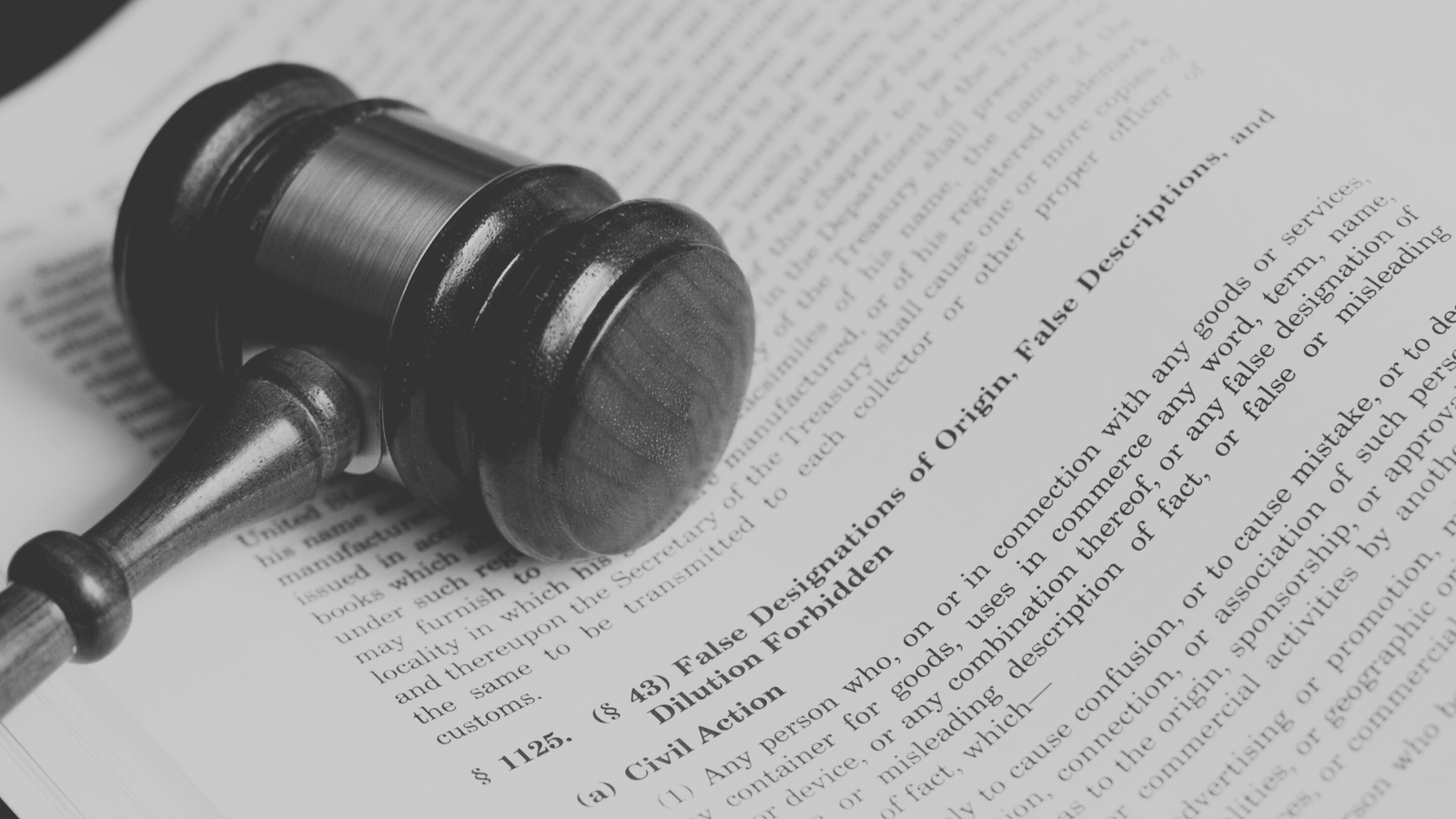If this article wasn’t filled with double-entendres, it would be no pun. So, I’ve added sum for a humorous effect. I’ll do my best to keep most of my jokes in my back pocket, butt beware.
Double-entendres are good things when it comes to trademark law. They produce secondary meaning, which means they make a mark distinctive. And, when it comes to trademark law, everyone nose that you can’t pass the smell test of protection without being distinkt. Trademarks don’t mean anything unless they reference a source of goods or services. That’s why the law simply won’t protect certain marks, like generic ones. Generic marks, by definition, mean the actual goods or services themselves rather than the entity offering them, so they produce no trademark protection for lack of distinction.
Merely descriptive words are a different situation, though. They might tie directly to a good or service, or they might knot. There are five categories of trademarks that range from conceptually weak to conceptually strong (or distinctive). Generic marks are weakest and receive no protection. Suggestive, arbitrary, and fanciful marks are strong and will never be refused protection for lack of distinctiveness. Merely descriptive marks exist in a gray area. They are the only mark category, from a conceptual strength perspective, capable of developing distinctiveness where none previously existed.
There’s more than one way to clothe a merely descriptive mark with distinctiveness out of nowear. One way is brute force: use it a lot, advertise it a lot, and cram it down the public’s throat. Smother the masses with your mark so intensely, or for such a lung time, that resisting a relatedness between your goods and your mark, they kinnot. Another way might be more elegant (and is surely more amusing). Make your mark a pun, or a double entendre, and it will have a built-in source of distinctiveness. In re JC Hosp. LLC, 802 F. App’x 579 (Fed. Cir. 2020); see also In re Fox, 702 F.3d 633 (Fed. Cir. 2012) (this case involved poultry pops (tisk, tisk, tips), and the double entendre was not safe for work).
Merriam Webster’s definition of double-entendre is “a word or expression capable of two interpretations with one usually risqué.” Its definition of pun is “the usually humorous use of a word in such a way as to suggest two or more of its meanings or the meaning of another word similar in sound.” Puns and double-entendres have secondary meanings by definition. A distinctive trademark is one that has secondary meaning. So, it should now be a parent that a merely descriptive mark crossed with a pun will produce a protectable trademark as an offspring. But keep in mind that even a punny mark will fell the test of distinction if all alternative meanings merely describe the relevant goods or services without standing out in a distinct way.
My intuition is that I probably enjoyed writing this far more than you enjoyed reading it. Will I regret drowning us in my jokes? We shall sea. Do I take pleasure in cleverly explaining the finer points of trademark law? Of coarse. Hopefully you got a good laugh (or a smirk and an eyeroll) and learned something two. Okay, enough. I’m done with this sheet.
PS: How many puns did I sandwich in this article?
PSS: The title of this blog is a triple entendre. Can you discern all three meanings?



